“Excellence is a by-product of persistently choosing quality over quantity.”
Ramayana is a part of us. In fact, both Ramayana and Mahabharata constitute a big part of who we are and how we grow up. Every one has a different perception of every event in both the epics. But, one thing holds true. Whether these epics were history is immaterial but the values they constitute hold true in our lives and will always do. This is what started Shubha Vilas on his journey to pen down his own interpretation of Ramayana and how it holds true in today’s lifestyle and society, even in the corporate board rooms.
This reminds me of a professor I used to know. He used to say that Mahabharata and Bhagvad Geeta answers every single problem of this universe, even the unresearched topics, not just philosophy and psychology.
Stolen Hope by Shubha Vilas Book Review (Read it here)
The Story
Delay Management is about understanding that some problems need not be solved now. Many problems are solved by just postponing the attempt to solve them.
This is book 3 in the series and details the phase of Rama, Lakshmana and Sita’s journey after moving from Chitrakoot to Sita’s abduction. The book starts with the story of how Dandakaranya forest came into existence and why it was plagued with the Rakshasa regime. It goes on to narrate the journey of 11 years of how Rama, Lakshmana and Sita spent their time in the forest.
Once they find a pictursque place in Panchvati, Lakshmana builds a home for Rama and Sita. They live harmoniously till Shurpanakha notices Rama and decides to own him. A harmless prank leads to a violent show of passion and Lakshmana forces Shurpanakha to retreat by mutilating her nose and ears. To take revenge, she returns with her brother Khara and his army of fourteen thousand demons who are single-handedly destroyed by Rama.
Shurpanakha survives the battle and runs off to Ravana with the news of this destroyer of demons. Here, we are given a little insight into Ravana’s debaucheries and his accumulated share of curses which have already destined his doom at Rama’s hands. To gain her end, Shurpanakha invokes lust for Sita in Ravana’s head. Ravana reaches Panchavati with the intention of abducting Sita and adding her to his harem full of beautiful women.

Ravana’s uncle Maricha turns into an exotic golden deer and incites desire in Sita’s mind. The moment Sita desires anything other than Rama, she writes her own destiny. It is interesting to note that Rama and Lakshmana already had an inkling of some impending disaster which is why they did not want to leave Sita alone. Rama chases the disguised Maricha, not to catch the deer for Sita but to kill the demon leaving Lakshmana behind to protect Sita.
When Rama kills Maricha, in his last breath Maricha mimics a feeble sound of Rama screaming the names of Sita and Lakshmana giving an impression that Rama was in trouble. Though this endeavour does not cause much distress to Lakshmana, Sita gets worried about the safety of Rama and entreats Lakshmana to go after Rama and help him. Finding Lakshmana unresponsive to her entreaties, she starts hurling insulting accusations at him and debauching his character. The ultimate provocation comes when she accuses him of having designs on her. Hearing this statement, Lakshmana gets extremely upset and leaves to find Rama warning Sita that she would not be there to welcome them back when they return.
The infamous Lakshmana Rekha is not the part of Valmiki Ramayana but it was included in the Tulsidas Ramayana. And, true to Lakshmana’s words, Ravana is successful in abducting Sita.
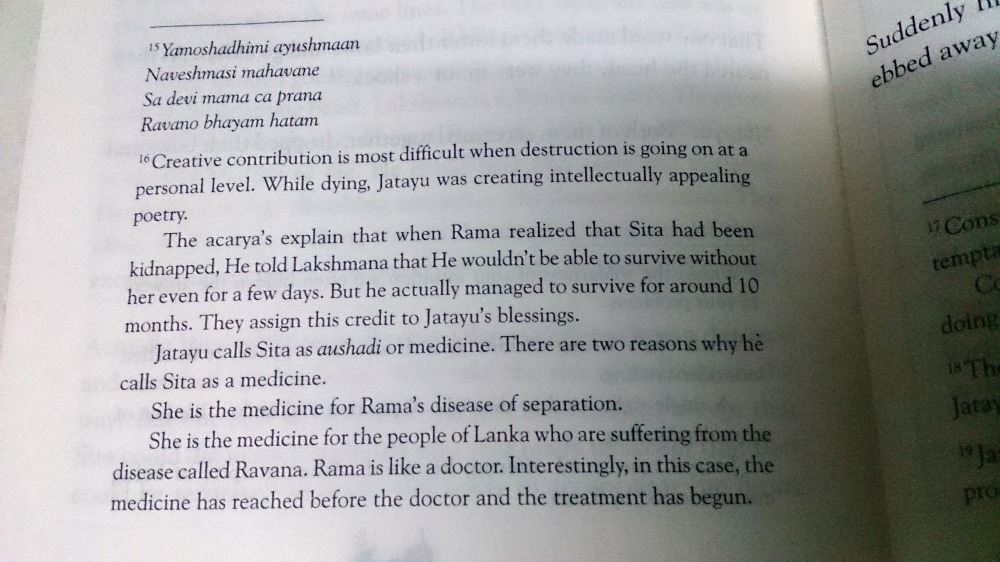
My Review
The writing is lucid and simple yet very intense. Like its prequel, there are tons of footnotes filled with interpretations, little snippets of stories and explanations of the events. The author explains the perceptions very well. I love the short stories in the epics and the book is full of them. Many of them are unknown and informative.
Also Read : “Ramayana The Game of Life – Shattered Dreams” by Shubha Vilas
#DidYouKnow that Sati’s self-immolation episode is tied to Ramayana? Or, do you know that Jatayu’s intervention was necessary during the kidnap. Ravana was clever to kidnap Sita during the Vindamuhurta. If anything is valuable is lost in this time frame, it never returns to the owner. By launching an attack on Ravana, Jatayu delays the time frame so the time by which Ravana left with Sita, punarvasumuhurta had started. Whatever is lost in this time frame, it definitely returns to the owner.
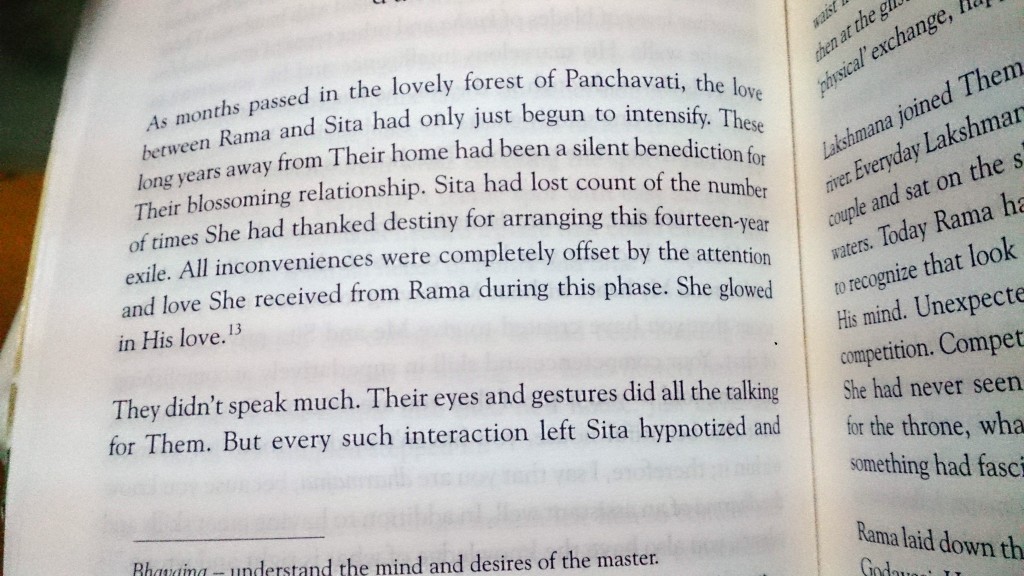
It is quite interesting to note that in the entire book Sita is treated as a property of Rama. So, is it wrong that Yudhisthira had put his wife on stake? Well, he was definitely not the ideal husband which Rama was.
I do have a major grouse with the language. It is the same as I had with the previous one. The exchange between Rama, Shurpanakha and Laxamana is extremely cheesy. I admire that the author wants to put the epic in today’s perspective but I am sure that people would want to read its interpretation, however modern, in the language which is not so modern or day to day. We do not express our love in this language either!
” … This has to be the one I have been desperately seeking. He’s like a deadly virus ; I have become lovesick …. The vasant ritu (spring season) and the blooming mayhem of the chaitra masa (flowering season) is adding to the fire of love.” – Shurpanakha’s monologue when she sees Rama.
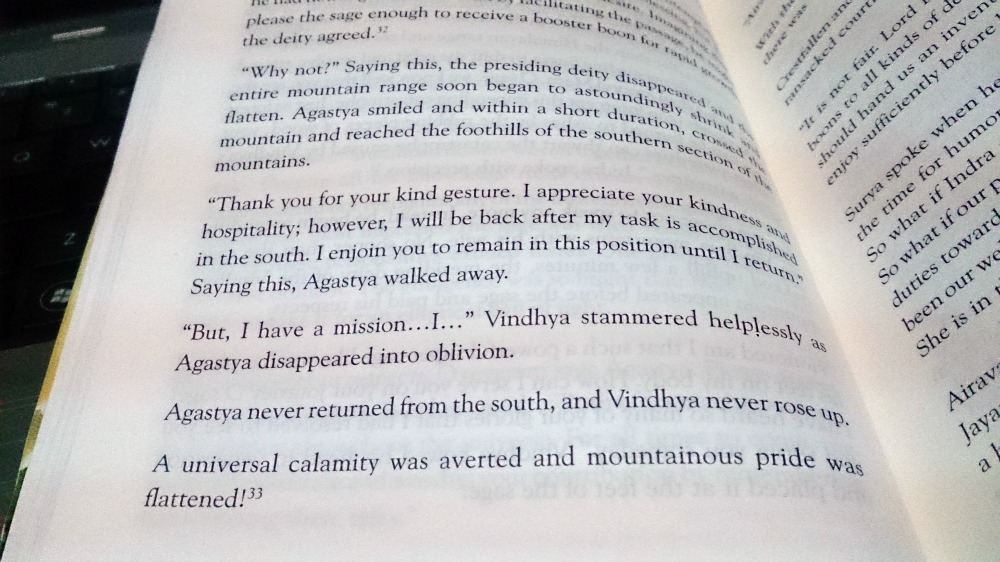
Overall, I like the series for its interpretations and management lessons. It is rich in stories and makes for a great story-telling session. The book series is an easy way to keep alive the art of passing on the epics and yet provide a modern outlook to it. Very often when we hear stories from our elders, the facts are twisted to make it suitable for kids. Once those kids grow, no one really bothers telling them the real story. Due to this manipulation, these epics often lose out their complexity and the underlying message. These interpretations preserve the complexity of the epics. And, I would absolutely recommend the series to anyone over 10 years of age.
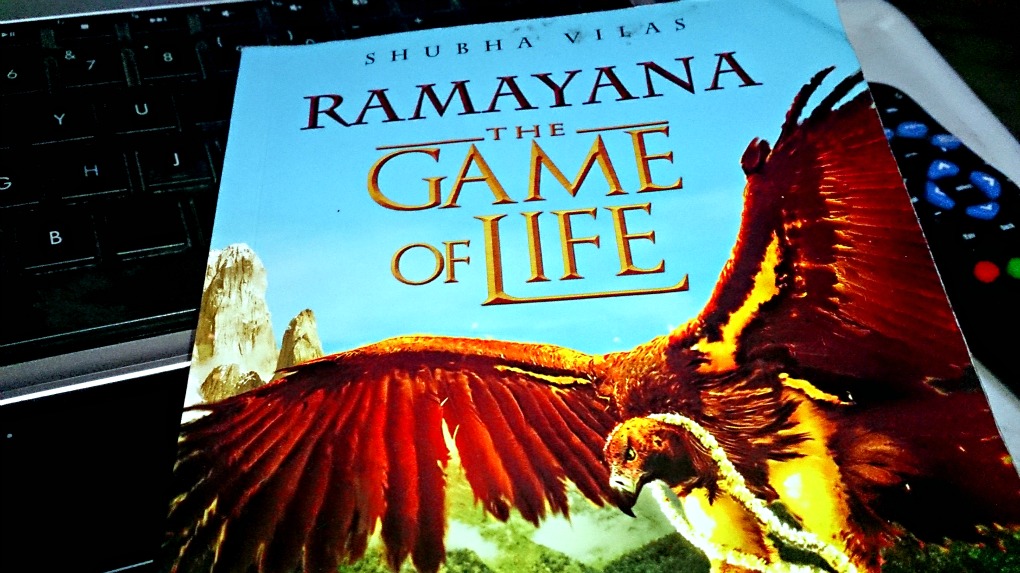
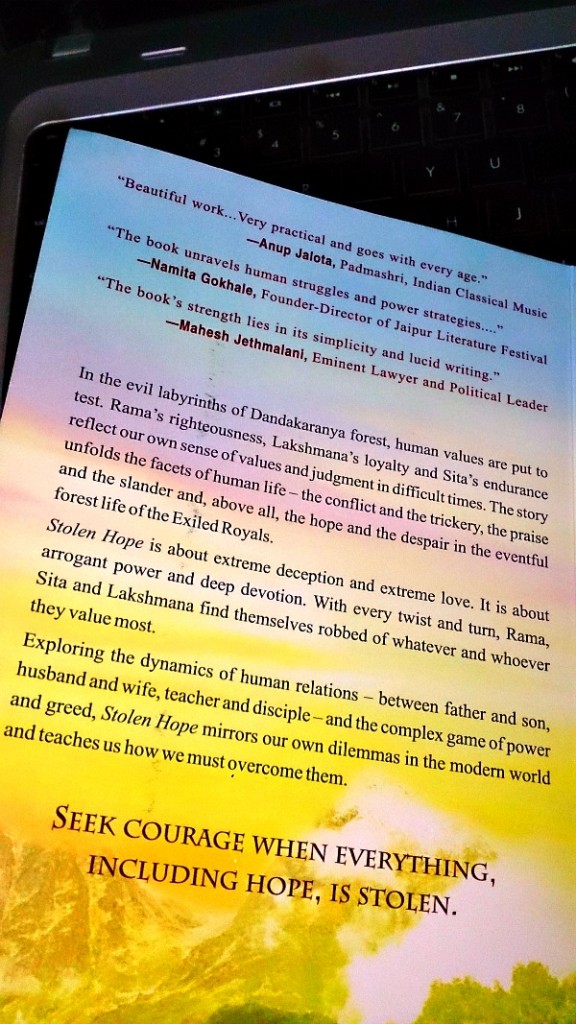





Leave a Reply